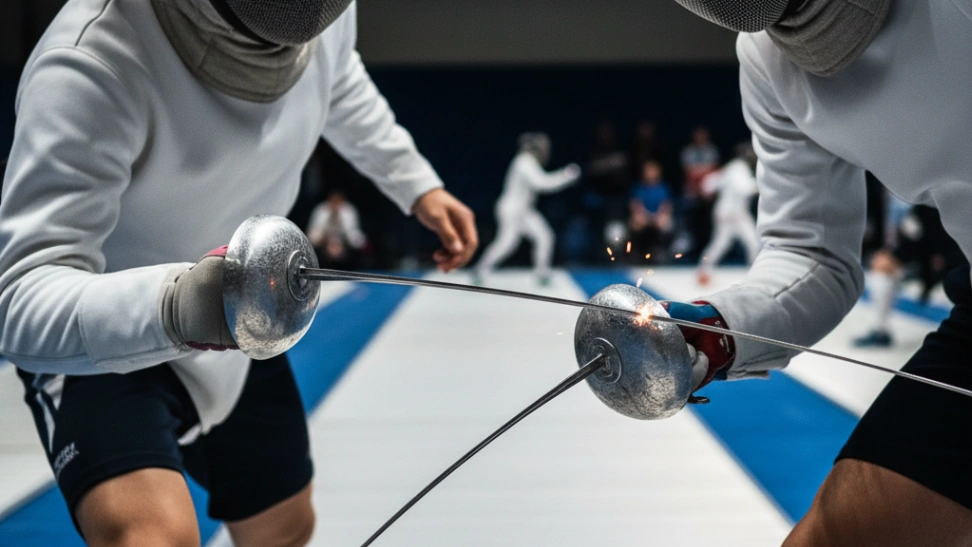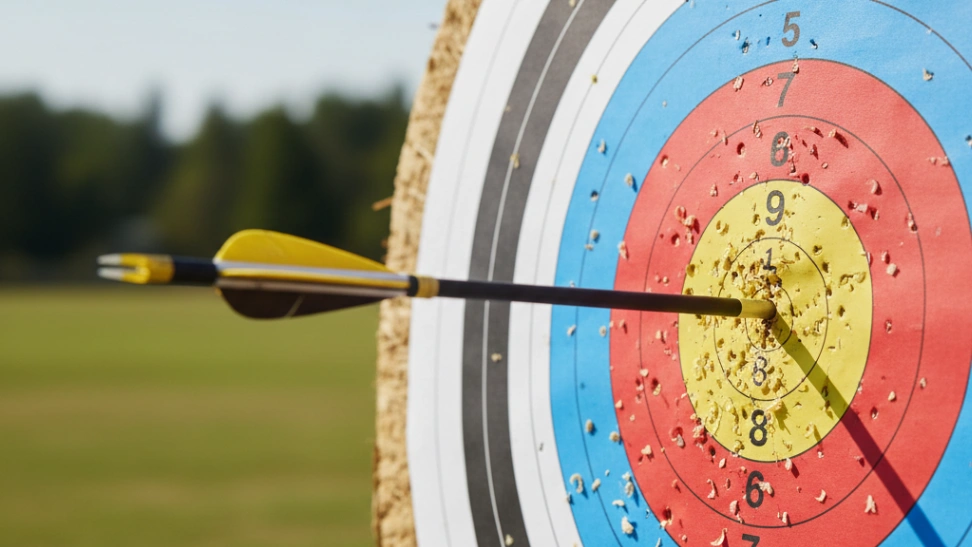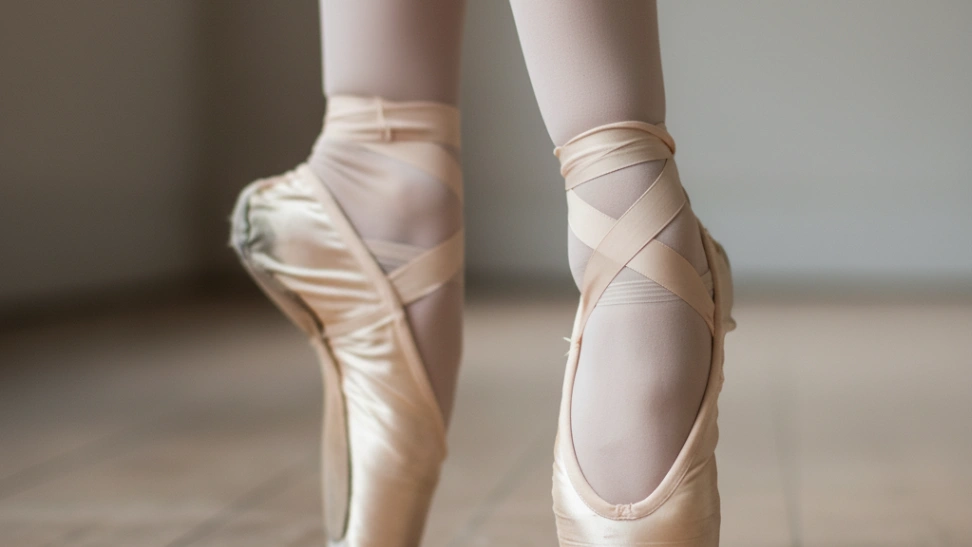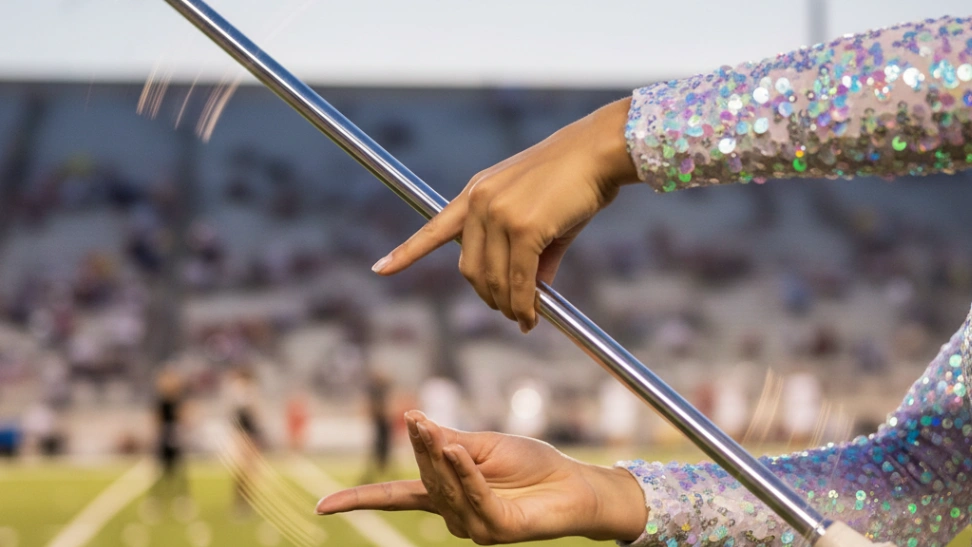The history of fencing is deeply intertwined with the evolution of weaponry and martial arts from antiquity to the present day. Swordsmanship has existed for millennia, from ancient Egyptian and Roman military training to medieval European knighthood. However, modern sport fencing began to take shape during the Renaissance in Italy and Spain, as lighter civilian swords like the rapier replaced heavy battlefield weapons. This shift emphasized thrusting over cutting and led to the development of sophisticated parries and ripostes. Fencing academies flourished across Europe, refining techniques and establishing formal schools of thought. By the 19th century, with the invention of blunted foils and the development of specific rules, fencing transformed from a form of dueling preparation into a codified sport. The establishment of the Fédération Internationale d'Escrime (FIE) in 1913 solidified its global status, leading to its inclusion in the very first modern Olympic Games in Athens in 1896, where it has remained a cornerstone ever since. Today, fencing continues to evolve, incorporating modern technology for scoring while preserving its rich historical legacy.
Engaging in fencing offers a plethora of benefits that extend far beyond the piste. Physically, it is a demanding sport that develops exceptional cardiovascular endurance, explosive power in the legs for lunges, and fine motor control in the hands and wrists for precise blade movements. It significantly improves agility, balance, and coordination, as fencers constantly adjust their position and timing in response to their opponent. Mentally, fencing sharpens strategic thinking, problem-solving skills, and decision-making under pressure. Each bout is a dynamic puzzle where fencers must analyze their opponent's intentions, anticipate their moves, and execute a counter-strategy in fractions of a second. This intense mental engagement fosters improved focus and concentration, beneficial in all aspects of life. Moreover, the discipline required to master fencing techniques and adhere to its strict rules instills patience and self-control.
Beyond the competitive aspect, fencing cultivates a strong sense of sportsmanship and respect. The traditional salute before and after each bout, along with the strict adherence to rules of engagement, reinforces a code of honor that dates back to the sport's origins. Fencing clubs provide a vibrant community where individuals of all ages and backgrounds can come together, share a common passion, and push each other to improve. It's a sport that can be enjoyed by children as young as six and adults well into their senior years, offering different levels of engagement from casual practice to international competition. The intricate dance of attack and defense, the clashing of blades, and the constant mental challenge make every session exciting and rewarding. Whether you are seeking a rigorous physical workout, a mental challenge, or a unique way to connect with history and community, fencing offers an unparalleled experience that truly embodies the spirit of skill and strategy.
The journey into fencing typically begins with introductory classes at a local club, where beginners learn the fundamental footwork, basic blade actions, and safety protocols. These initial lessons focus on building a solid foundation in stance, advance-retreat movements, lunges, and parries. Once comfortable with the basics, fencers progress to drilling specific techniques with partners and eventually engage in supervised free fencing, or "bouting." This allows them to apply their skills in a dynamic, competitive setting. As fencers advance, they often specialize in one of the three weapons: foil, épée, or sabre, each with its unique rules, target areas, and tactical approaches. Private lessons with experienced coaches become more common for those looking to refine their technique and develop advanced strategies. Participation in local tournaments and competitions provides opportunities to test skills against a wider range of opponents, gain experience, and build confidence. The continuous learning process, coupled with physical and mental demands, ensures that fencing remains a perpetually engaging and evolving pursuit, offering endless opportunities for growth and mastery. It's a continuous path of discovery, where every victory and defeat offers valuable lessons, shaping not just a fencer's technique, but also their character and resilience.



